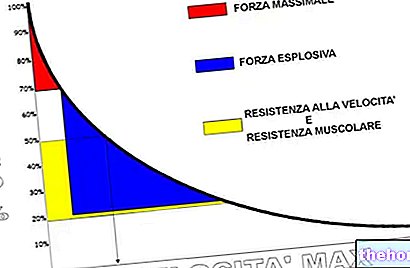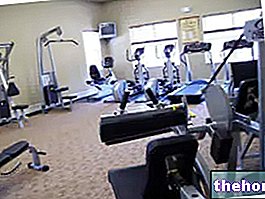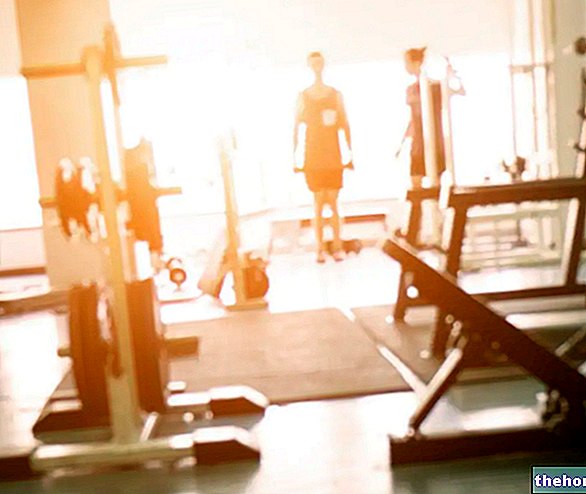on the arms
pushups
executive
Article from the book:
ONE HUNDRED FUNCTIONAL PUSH-UP
100 ways to do the push-ups on the upper limbs in a functional way.
Illustrated manual for fitness professionals and personal trainers
AUTHOR: Nicolò Ragalmuto
Publisher: NonSoloFitness editrice

The push-up is a bodyweight exercise that has long been used for strengthening the upper limbs.
Contrary to what it may seem, this exercise does not only affect the upper limbs, but affects almost all the muscles of the body.
In fact, if on the one hand the upper limbs work dynamically (mainly the muscles of the arms, shoulders and chest and to a lesser extent those of the back and forearms), there are other muscles that instead work as stabilizers and therefore are activated in a isometric (static) manner.
These stabilizers are represented by all the muscles that make up the trunk and pelvis.
When you have an "excellent synergy between these muscles it is possible to have a good control of your body; therefore it is easier to maintain the right balance without creating imbalances and therefore, when you perform the push-up, regardless of the movement that the upper limbs perform. , the trunk and the pelvis always remain in the same position of right balance, respecting the curves that make up the vertebral column (fig. 1 and fig. 2).

On the other hand, when the muscles of the back, the paravertebrals, the square of the loins and the hip are hypotonic, therefore not trained, the position taken to perform the push-up results with the pelvis too high (fig 3).
When you perform the push-up with this type of posture it is easier to create damage to your body rather than benefits, since you work in a situation of imbalance where the forces are borne by the lumbo-sacral tract.

The same is also true when the abdominal muscles are hypotonic and the position taken to perform the push-up results in the pelvis being too low (fig. 4).
Here the position assumed is one of lumbar hyperlordosis, which is also very damaging to the spinal column.
These two executive errors are very frequent in poorly trained subjects but they are equally frequent in trained ones.
For example, subjects who train only and exclusively with isotonic machinery do not have good control of their stabilizers, since they are never activated due to the work that is constrained and excludes neuromotor coordination skills.
Furthermore, these two positions can also be assumed when the muscles of the upper limbs are deficient and even if the subject has good control of his stabilizers, he assumes the wrong position as compensation for this hypotonia.
To avoid this, the exercise can be performed by resting the knees on the ground (fig. 5 and fig. 6), in such a way that the forces on the trunk are lower due to the lever which - being shorter - loads less both on the upper limbs than on the trunk, while ensuring greater stability.

The correct execution, therefore, is with the hands resting on the ground with a width slightly greater than that of the shoulders, forefoot resting on the ground, with the lower limbs slightly apart, trunk, neck and pelvis on the same line, gaze turned towards the floor in the center of the hands (fig. 7 and fig. 8).

















.jpg)











